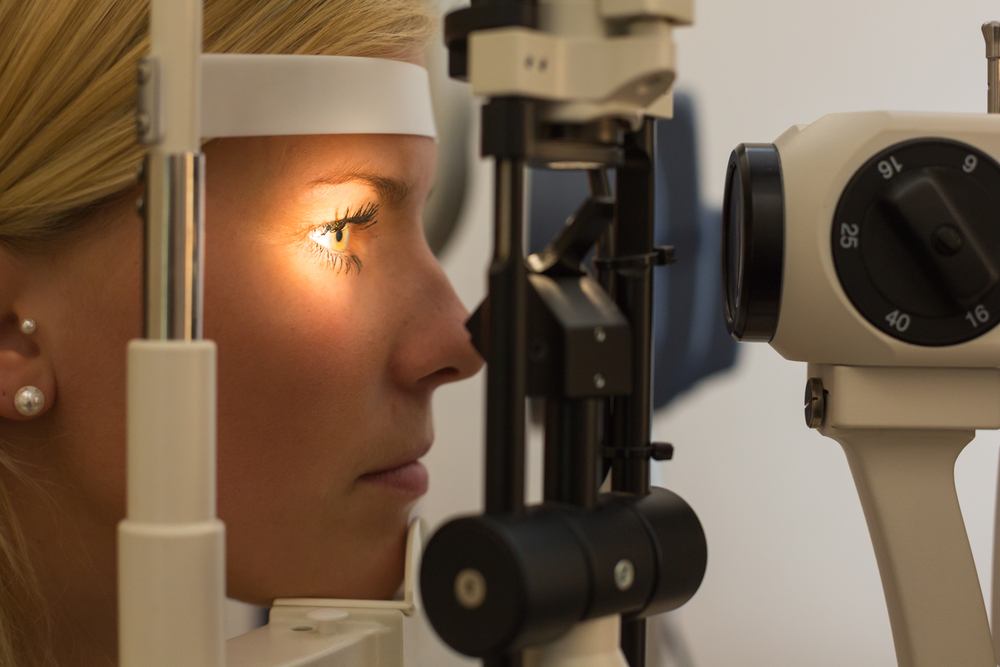
Diabetic eye disease is the name given to a group of ocular problems that can affect patients who have metabolic conditions, diabetes. Diabetes occurs when a patient is no longer able to control their blood sugar levels naturally, causing them to become too high or low. They must monitor their blood sugar closely and try and control is using a combination of a careful diet and medications.
Diabetic eye diseases include:
Diabetic retinopathy: this occurs when persistently high blood sugar levels cause damage to the blood vessels at the back of the eye, causing bleeding into the eye and scarring. It can lead to vision loss and even total blindness.
Diabetic macular edema: This condition refers to an accumulation of fluid in the macula part of the retina. The macula controls our central vision and enables us to see fine details. In order to develop diabetic macular edema, you must first have diabetic retinopathy.
Cataracts: the natural lens of the eye is usually clear, but when patients develop cataracts, the proteins found in the lens clump together and form clouds that obscure their vision. Cataracts have been found to be more likely in patients with diabetes. This is thought to be because excess glucose caused by high blood sugar levels can get converted into sorbitol, a substance that can affect the cells and proteins in the lens of the eye, causing them to become more opaque. Over time, cataracts can impair vision enough for the patient to become blind.
Glaucoma: patients who develop diabetic retinopathy are also more likely to go on to develop glaucoma. Glaucoma occurs when there is an excess amount of fluid pressing on the nerve at the back of the eye. In patients with diabetes, abnormal blood vessel growth can block the natural drainage of the eye, causing the intraocular pressure to build and cause damage to the optic nerve, which in turn can cause blindness.
What are the symptoms of diabetic eye disease?
The symptoms of diabetic eye diseases usually develop fairly slowly and may vary depending on exactly which complication you are experiencing. Some of the signs to look out for include:
Spots or ‘floaters’ in your vision
Blurred vision
Fluctuating quality of vision
Color vision becomes impaired
Difficulty seeing detail or recognizing faces
Dark or empty areas in your vision
Loss of peripheral vision
Total vision loss
In most instances, the symptoms of diabetic eye diseases affect both eyes fairly equally. If you experience any of those listed above, it is important that you make an appointment with your eye doctor promptly so that they can assess your condition.
Testing for Diabetic Eye Diseases
Optical Coherence Tomography, better known as OCT, is a very common diagnostic test used to detect a range of different conditions affecting the eyes, including diabetic eye diseases. It is considered to be the most accurate method of identifying and monitoring those with diabetic eye diseases where the back of the eye is affected, but not yet at a stage that requires treatment. OCT testing uses light waves to capture 3D, cross-sectional images of the back of the eye, right down to the cellular level. In this way it is just like ultrasound imaging, only it uses light instead of sound. The resolution of the images produced by OCT testing is significantly higher than alternative imaging techniques.
The entire OCT scan takes around just 20 seconds and is completely painless. Ahead of the exam, you will probably be given dilating eye drops which will widen your pupils and make it easier for your eye doctor to examine your retina. Once they are fully dilated, you will be seated in front of the OCT machine with your head resting against support to keep it still. You’ll be asked to look into the lens of the device at a small, blinking target. While you do this, the equipment will scan your eye. It won’t touch it and you shouldn’t feel anything at all.
After the OCT testing is complete, your eyes may feel sensitive to light for a few hours. This is to be expected if you have had to dilate eye drops as your eyes will be flooded with light until the pupil shrinks. Your eye doctor will then be able to read the results of your OCT and using this, and the information you have provided about your symptoms, to determine if you have any abnormalities that suggest you may be affected by diabetic eye disease. From this point, they will then suggest various treatments that will help you retain your vision and prevent blindness.
For more advice on diabetic eye diseases, or to schedule an OCT exam, please contact our office where our knowledgeable team would be happy to help you.






